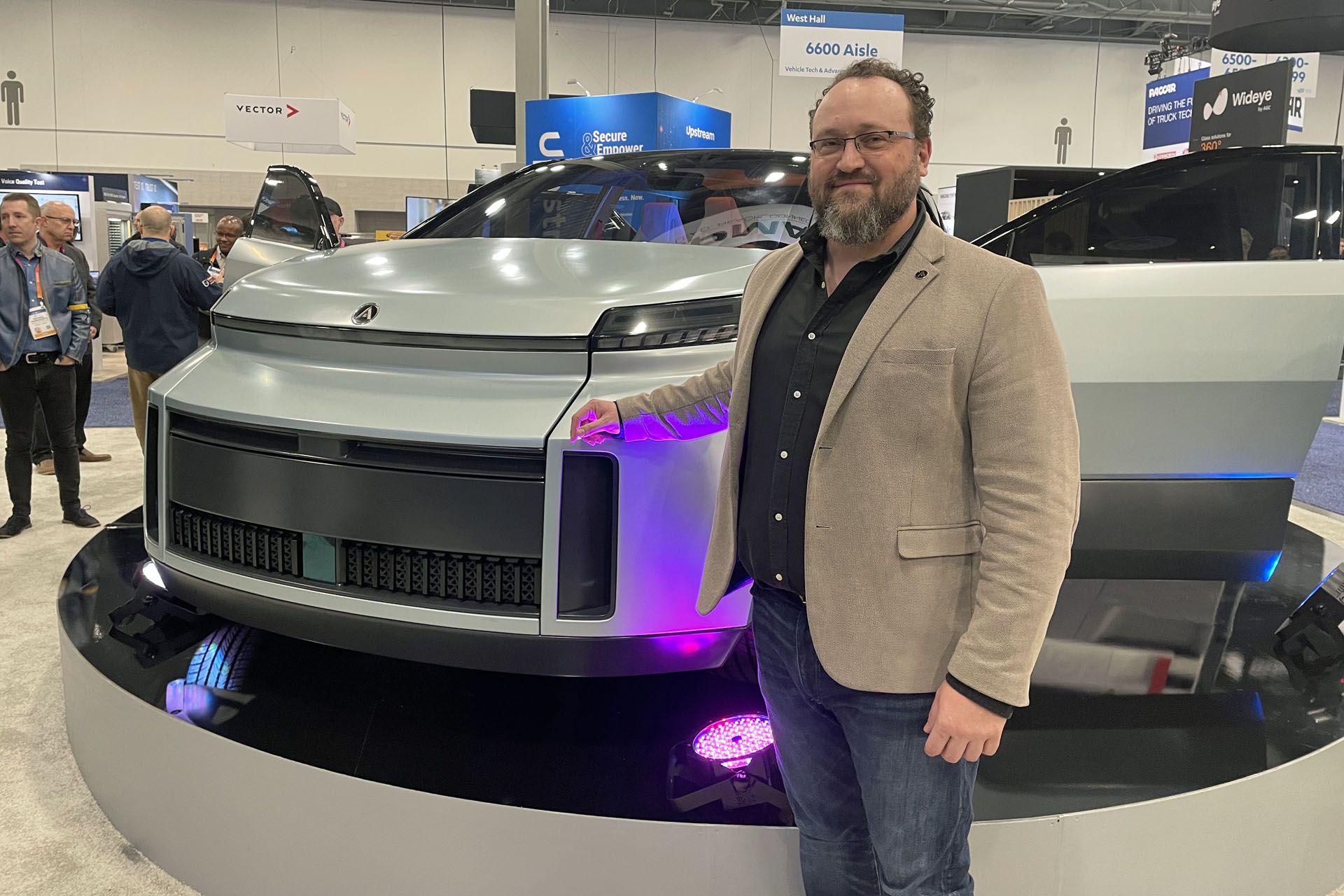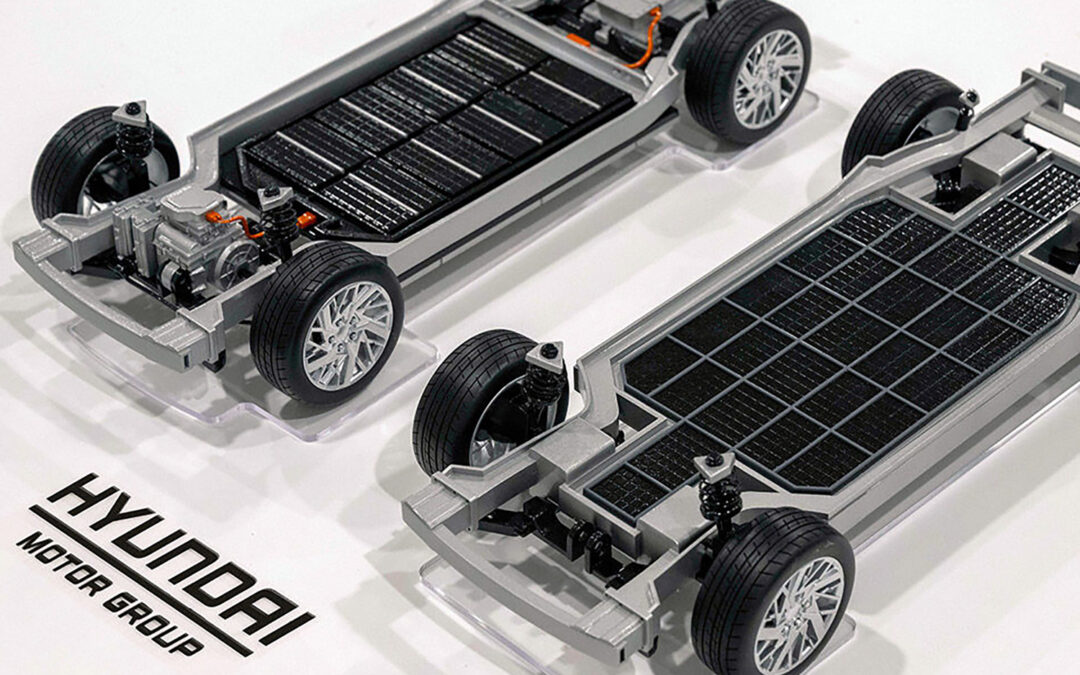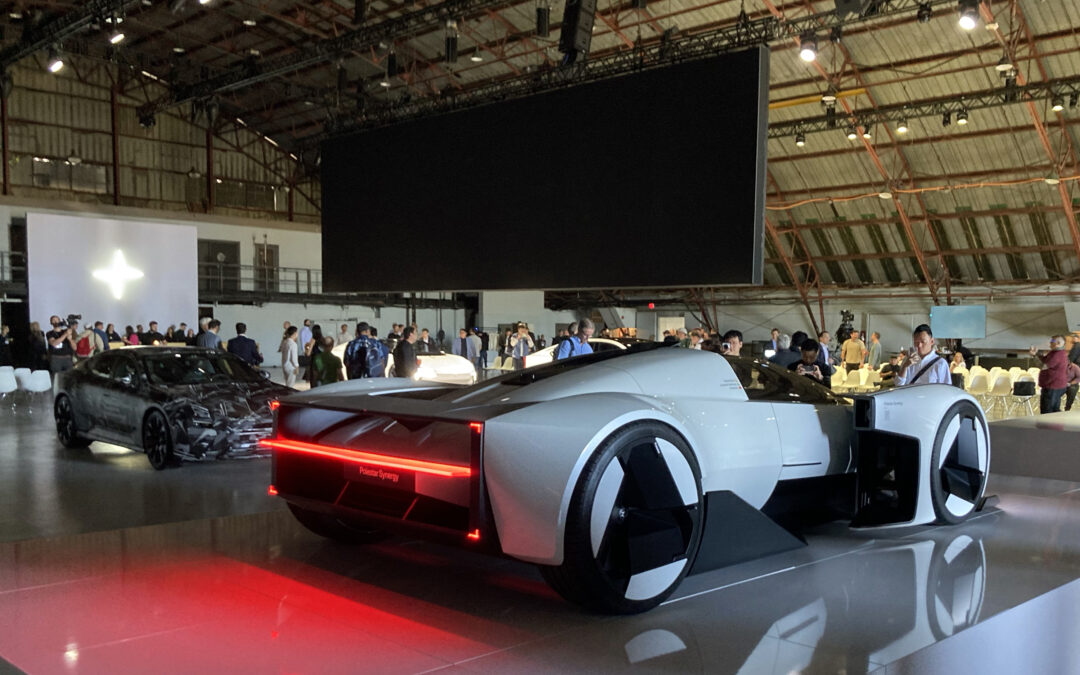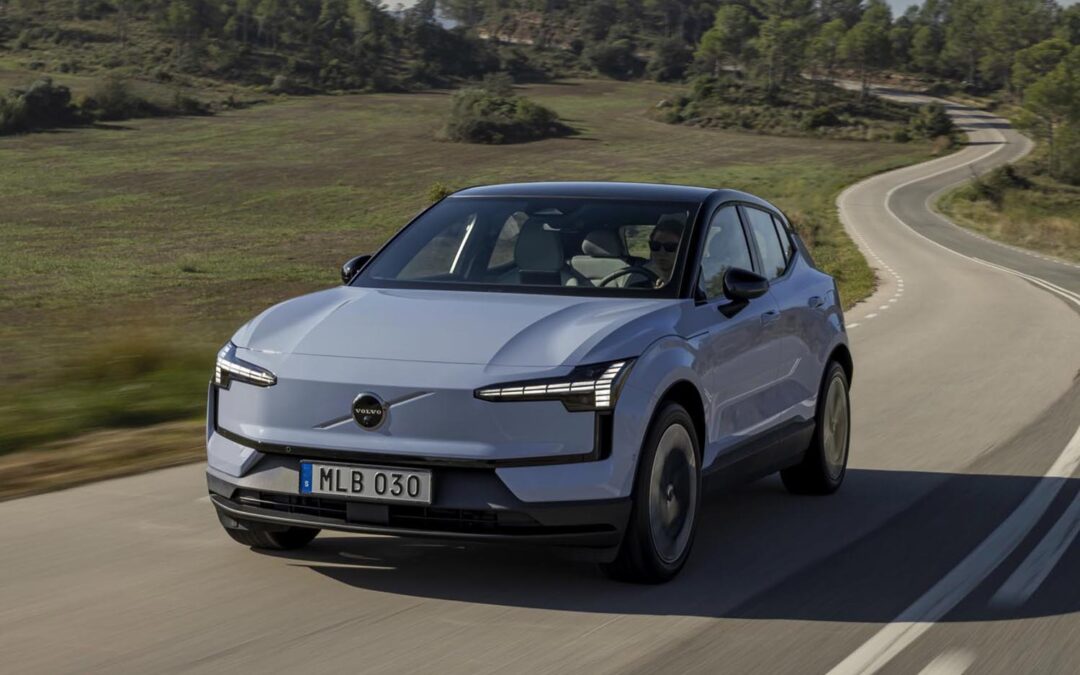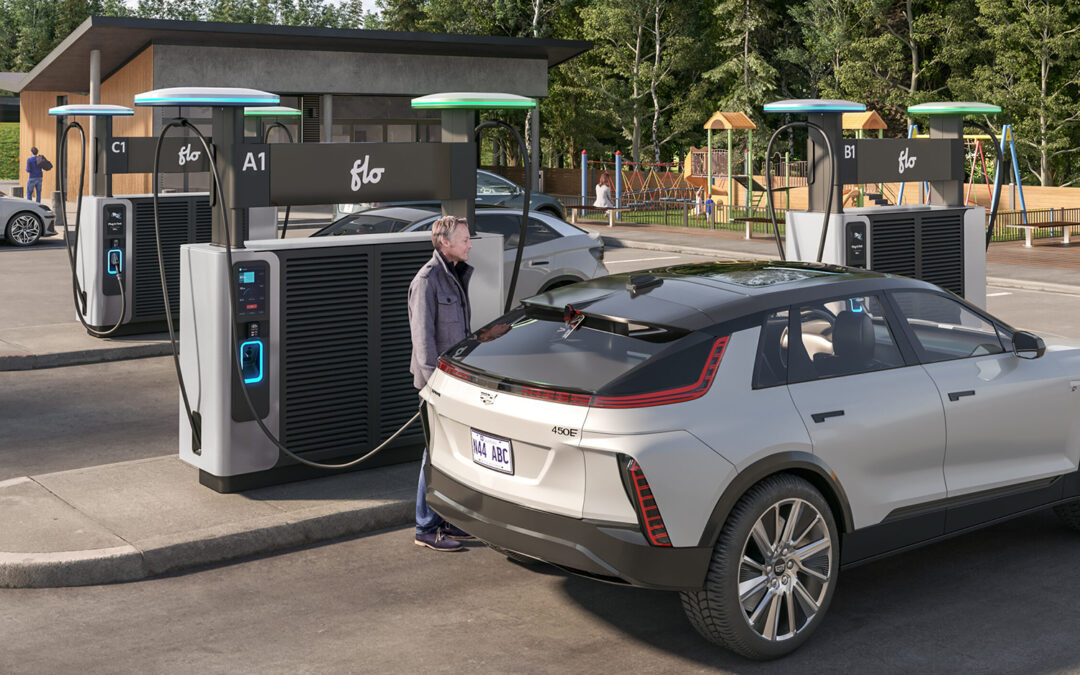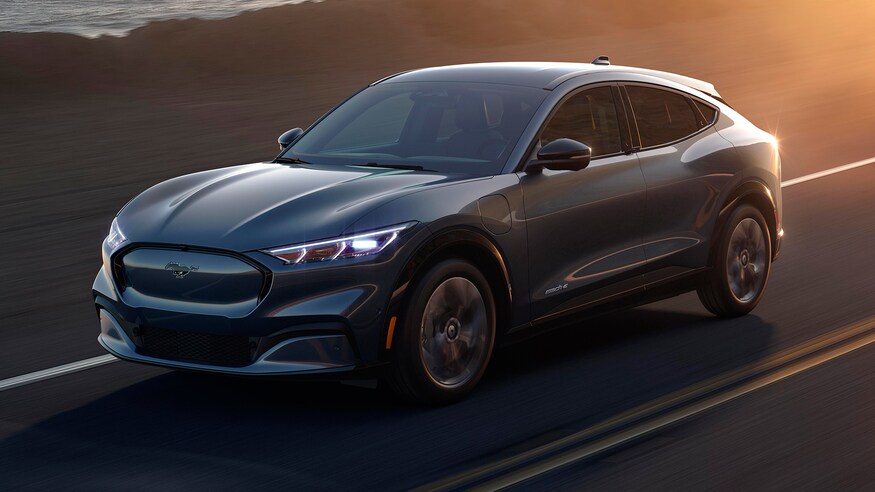At the Consumer Electronics Show (CES), an annual technology extravaganza held in Las Vegas this past January, TheCharge.ca caught up with Flavio Volpe, President of the Automotive Parts and Manufacturing Association (APMA). This is the group behind Project Arrow, a concept car conceived and built in Canada using Canadian engineering and parts.
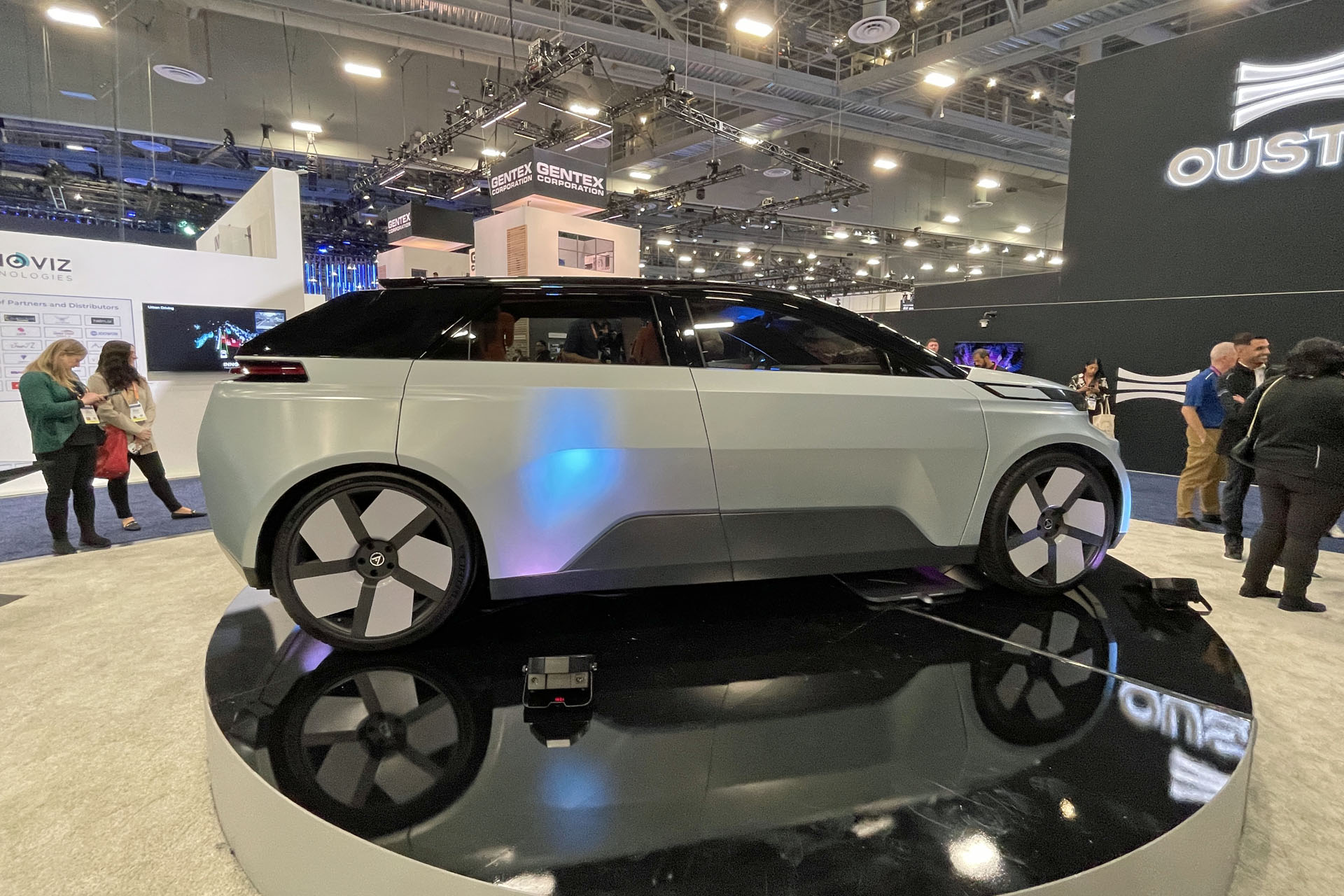
Project Arrow, the first Canadian-built electric vehicle concept done by the Automotive Parts and Manufacturing Association (APMA) / Graeme Fletcher, The Charge
The reason for going to CES was, “to show the world that even though we don’t have a Canadian car company and we haven’t had a new one pop up in over 100 years, it isn’t for lack of technology, know-how or chutzpa.” This, says Volpe, “is Project Arrow.”
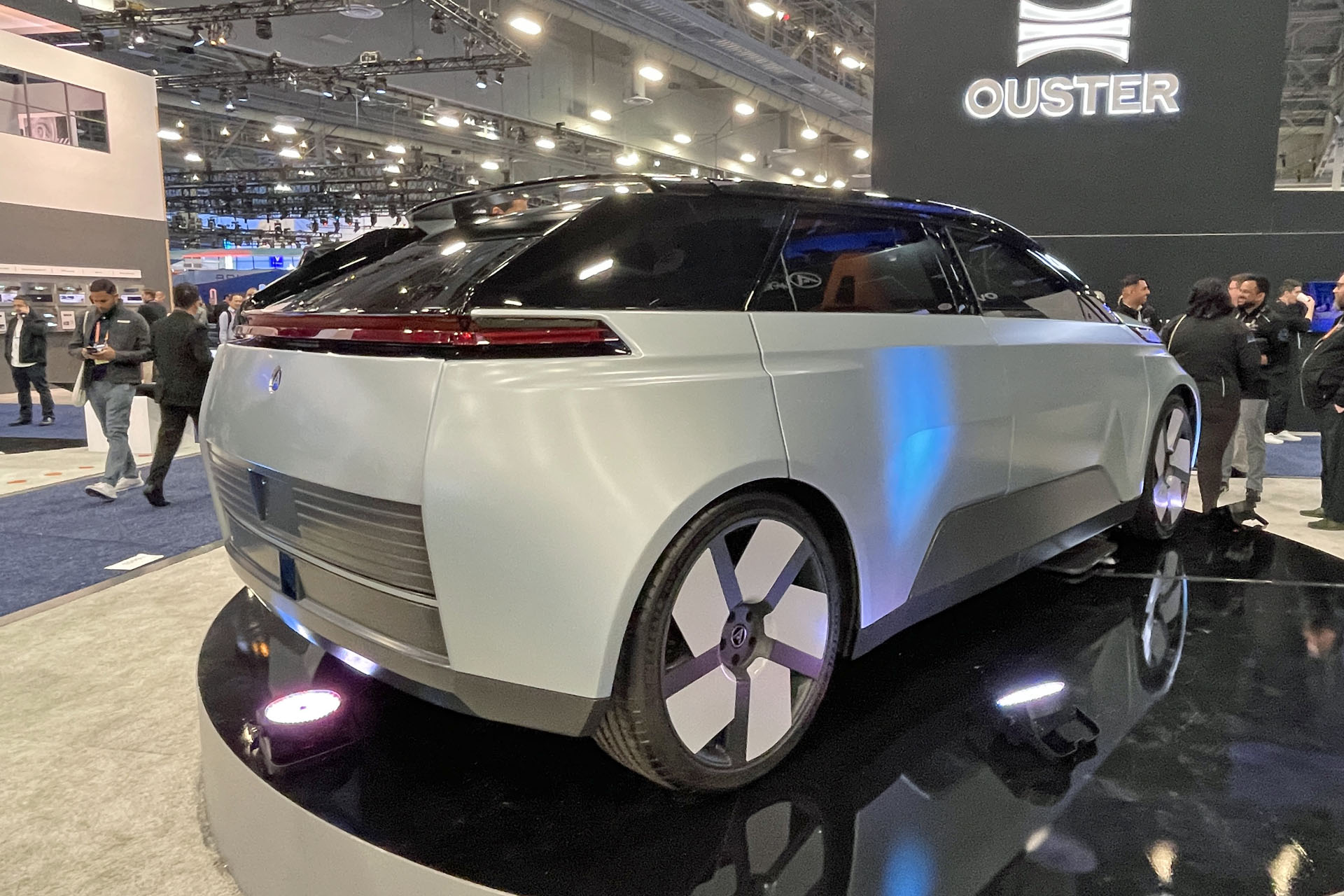
Project Arrow, the first Canadian-built electric vehicle concept done by the Automotive Parts and Manufacturing Association (APMA) / Graeme Fletcher, The Charge
The APMA is a trade association made up of automotive suppliers. The association represents 95 per cent of the independent parts suppliers in Canada with about 100,000 employees. In times past, the association also included aircraft parts suppliers, and many of the members serviced the Avro Arrow aircraft program in the 1950s. This tie-in, says Volpe, “was the biggest inspiration for doing Project Arrow. It’s our namesake because we really loved what Canadians did when they were given the opportunity to work with a clean sheet of paper back in the Fifties. So, we have tried to use that spirit here in the automotive industry.”
Read more: The best and worst EVs at CES in Las Vegas
In its day, the Avro Arrow was regarded as one of the most advanced supersonic interceptor aircraft, so it helped to establish Canada as a world technology leader.
The impetus for Project Arrow came from a dare laid down by Prime Minister Justin Trudeau. “For the Throne Speech in 2019, the Prime Minister invited me as a guest, and then challenged us to think about what our net-zero emissions future would look like in 2050.” Volpe figured, “Well, why don’t we demonstrate what we could do for the 2025 model year?”
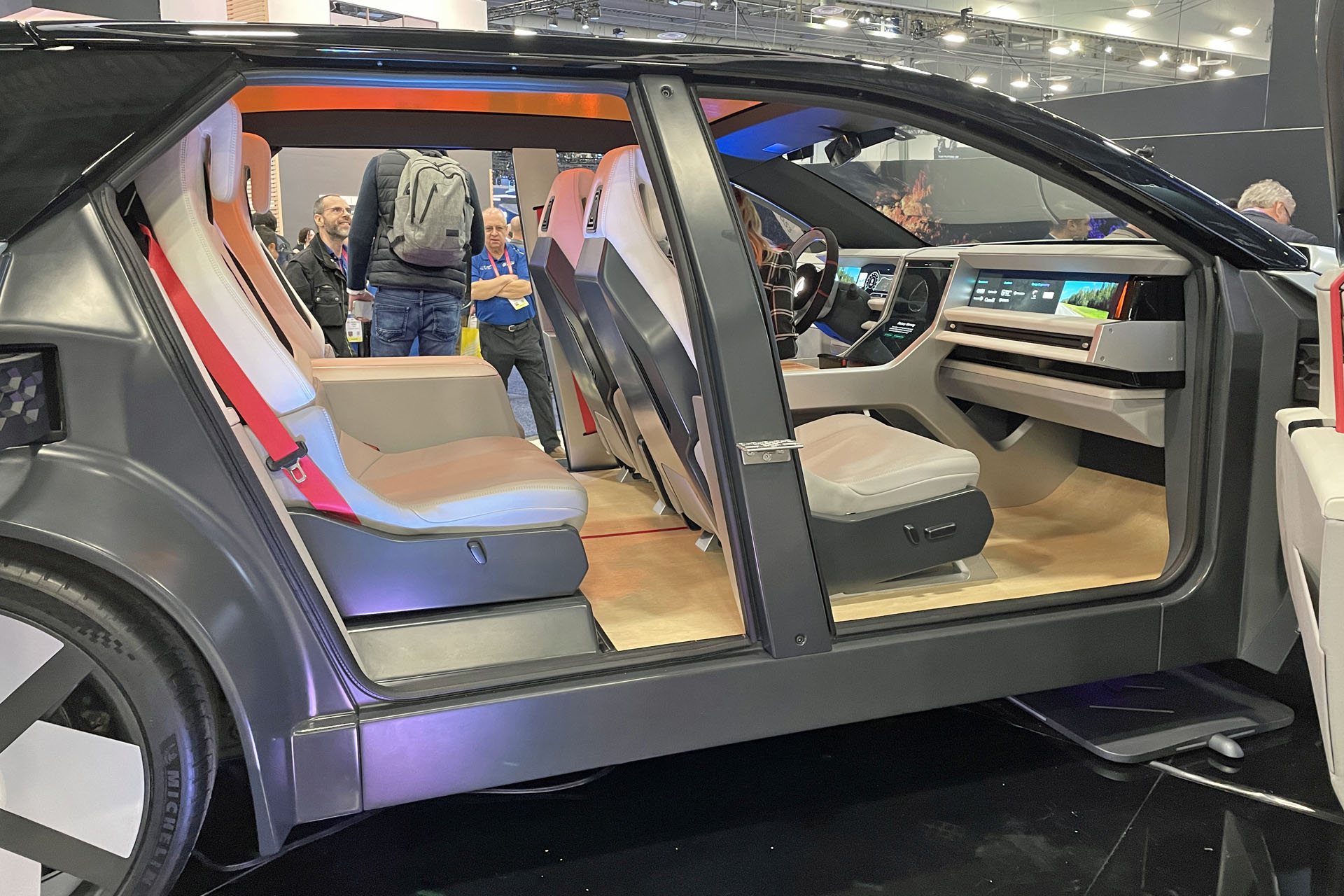
Project Arrow, the first Canadian-built electric vehicle concept done by the Automotive Parts and Manufacturing Association (APMA) / Graeme Fletcher, The Charge
This opened up a big opportunity. “So far, we have been demonstrating commercially ready, scalable technology on a fleet of Canadian-made Toyota and Lexus vehicles, but we were limited to a half-dozen to a dozen different technologies that we could take out to try and attract Original Equipment Manufacturers (OEM) business for our suppliers.” Project Arrow does not have this limitation, as it showcases everything – from the chassis, bodywork, drivetrain, battery, wheels to all the software needed to run it, deliver a connected drive and the advanced cybersecurity needed to protect the data.
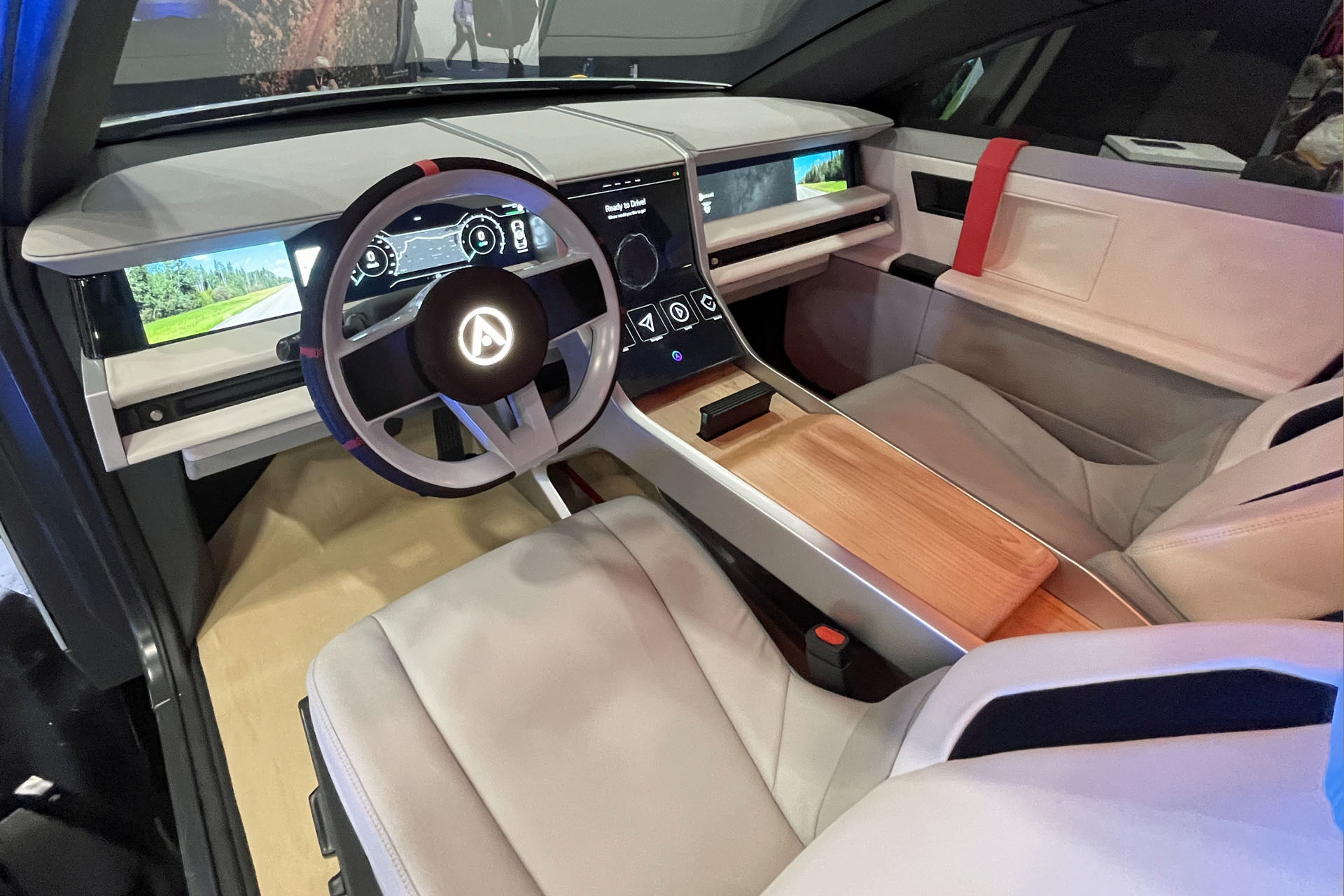
Project Arrow, the first Canadian-built electric vehicle concept done by the Automotive Parts and Manufacturing Association (APMA) / Graeme Fletcher, The Charge
The APMA also talked with Doug Ford, the Premier of Ontario, and he said, “Why don’t you build a car, I dare you to, we will support you.” This was pivotal. “They gave us $1.8 million to design, engineer and built the concept from the ground up,” says Volpe. This led to $5 million from the Federal government and another $1.4 million from Quebec. At this point, Project Arrow had the early funding needed to bring it to fruition. The rest of the project, worth about $20 million, came from the APMA members that participated in the program.
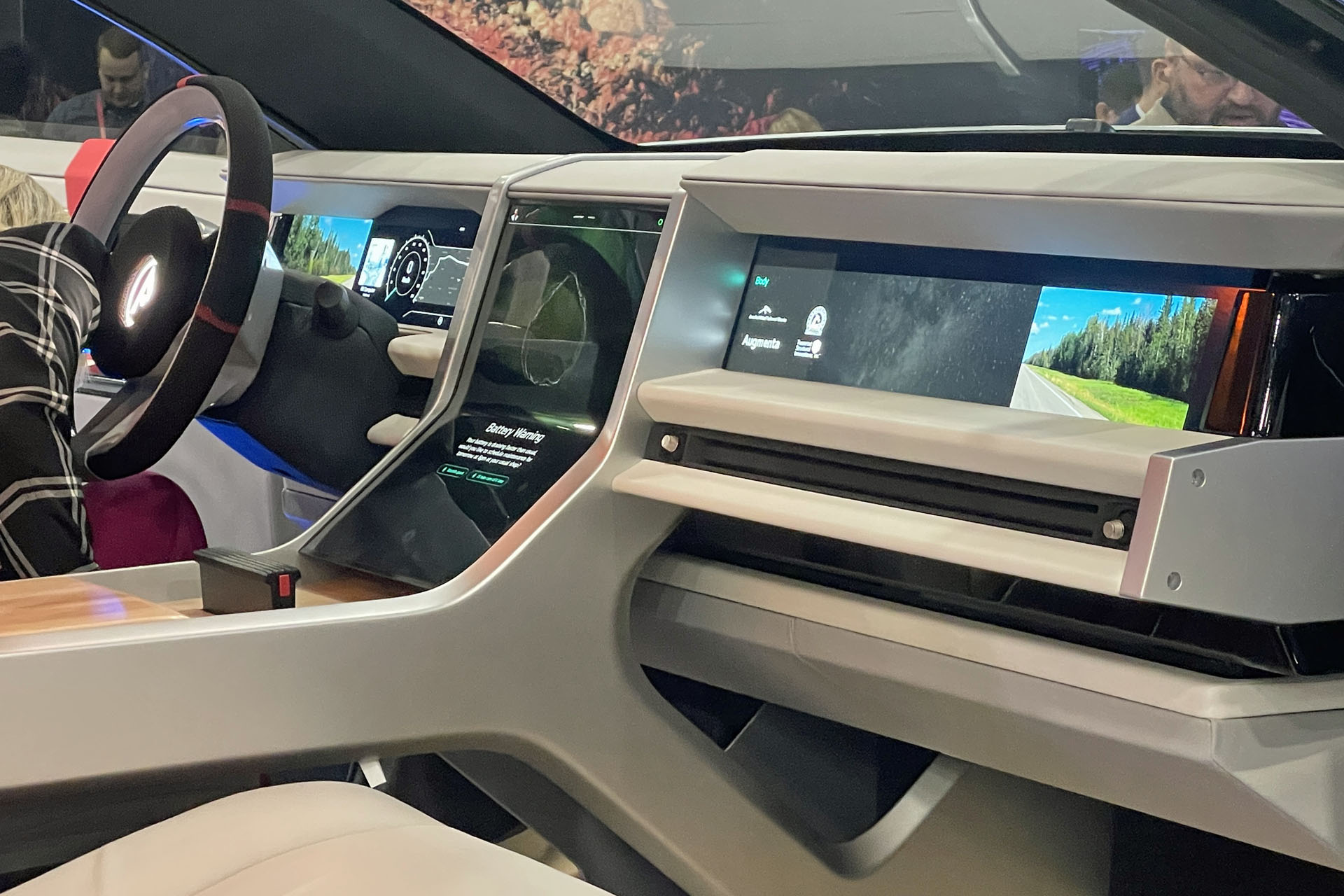
Project Arrow, the first Canadian-built electric vehicle concept done by the Automotive Parts and Manufacturing Association (APMA) / Graeme Fletcher, The Charge
“When we launched Project Arrow,” says Volpe, “we thought we would get 200 interested companies – we had 534 bid on it. When we did financial and technical due diligence, we found that 230 of them would be credible options for commercially ready technology for 2025.” From here, the number of companies was pared down to 58, and mainly due to duplication; you can only use one wheel supplier! To keep all involved, however, the APMA does have a virtual and augmented reality presentation that showcases all 230 suppliers and their research, development, engineering and technological solutions.
Another moment happened at Project Arrow’s CES press conference. None other than Carlos Tavares, Chief Executive Officer of Stellantis, showed up. Not only did he show up, “He asked some clear questions about the types of suppliers, what their orientations are, how the technology works, and, in fact, if any of the suppliers are currently working with Stellantis.” Volpe says.
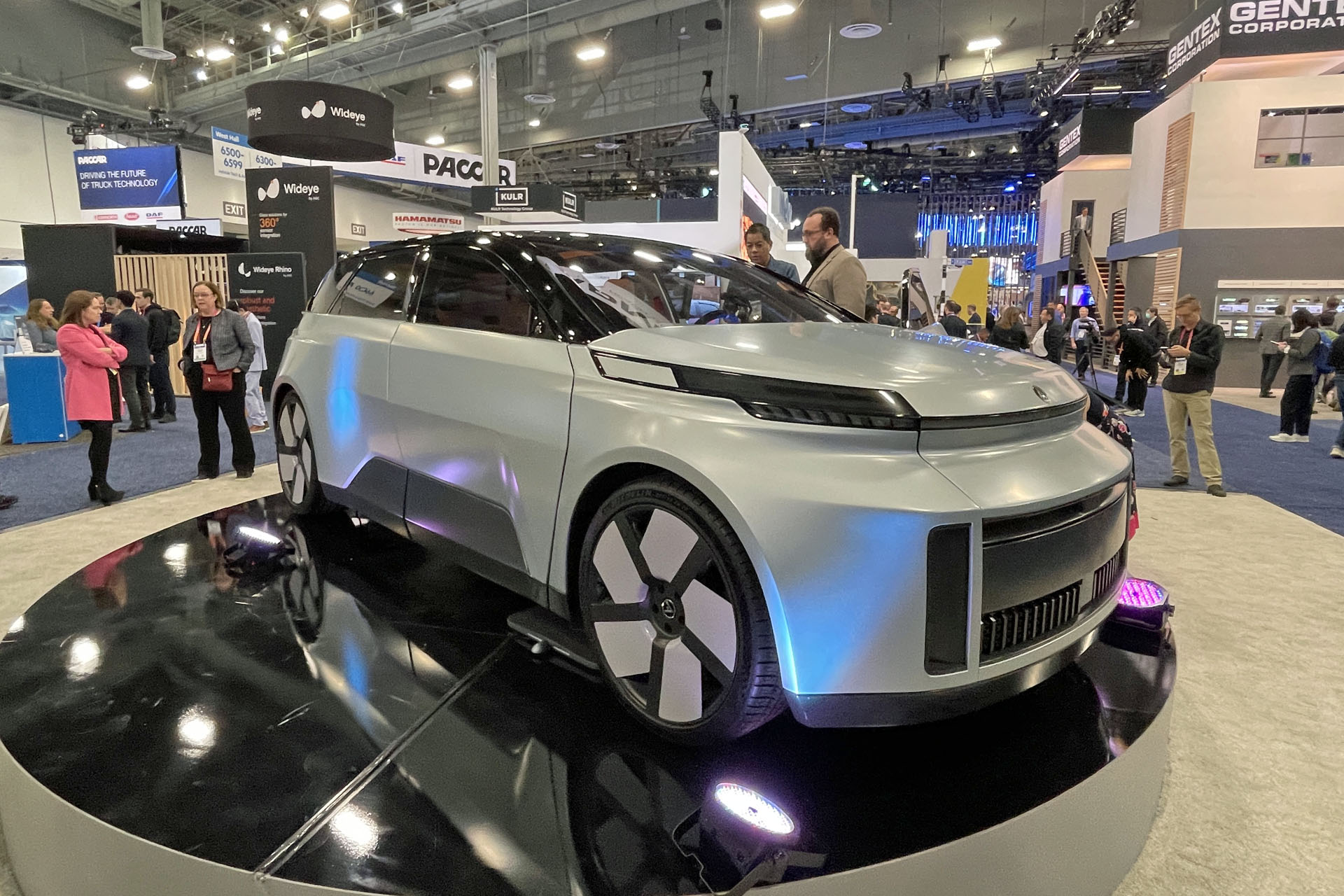
Project Arrow, the first Canadian-built electric vehicle concept done by the Automotive Parts and Manufacturing Association (APMA) / Graeme Fletcher, The Charge
“We had a good conversation. We know that the bigger tier-one suppliers, the globally-relevant super-players like Magna, do get their phone calls answered when they place them, but for all of these newer applications, especially software applications, they need a platform like Project Arrow to get in to talk to a guy like Carlos Tavares. I think it is a great start and it made all the suppliers feel really good about having participated in the program.”
To prove Project Arrow was not just PR spin, the APMA went out and poached Fraser Dunn, chief engineer from the Aston Martin Valkyrie, to lead the project. This was done, “because we wanted to do something that was going to be a working prototype on a credible platform and one that I think is pleasing to the audience. It’s crazy, Fraser finished designing the Valkyrie and thought, let’s come and do this one!”

Aston Martin Valkyrie
Does this make Project Arrow viable? “It is a question I have been asked many times over the last three years,” says Volpe, “When we were asked at the beginning, I reminded everybody we represent the suppliers. However, Project Arrow is scalable and it can be built in series production.”
So far, the APMA has received a lot of capital interest. “So if you want to your capital into play and go into production, you should – and we will work with you.”
The hope is this car answers a bigger question – should a prospective OEM startup build in Ontario or Quebec instead of Silicon Valley? “Absolutely,” says Volpe, “Silicon Valley is a world-renown IT cluster; so are we, but they don’t have a world-renowned automotive cluster, and they certainly don’t have the critical minerals required to go into the battery business.”
Ultimately, Volpe is hoping Project Arrow answers a key question. “If I’m risking capital setting up an automotive startup, where would I start? Well, the answer is, you start here!”
